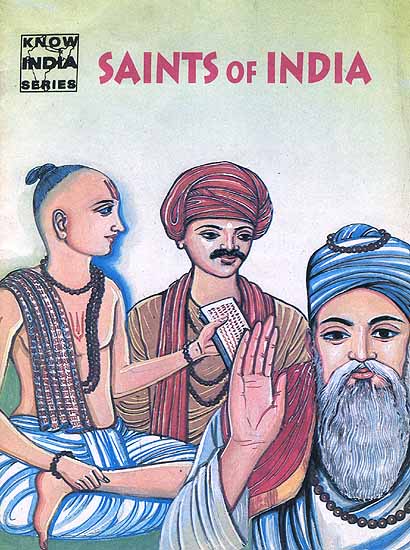

Not only must it serve as a realm that could be interpreted as resisting a rule that was ultimately foreign (some granted that the Mughals eventually became quite domesticated), it had to have sufficient internal coherence to give birth at the same time to a distinctly indigenous modernity. They required a sense of the medieval that gave indigenous coherence to this crucial period, even if its political impact was less than clear. Nationalist historians could not accept this. Both regimes were foreign in origin, imposing themselves almost necessarily over the weak, balkanized mass that was India itself. The British largely told the story of their country’s rise to power in India as a benevolent alternative to a weakened Mughal state.

Rather than assigning the long period between classical Gupta splendor and the latter-day greatness of British modernity to a long intervening lull in which Islamic polities were dominant, as British historians had done, their Indian counterparts worked to make the middle period more distinctively their own. What was easier to do was to reshape the medieval that lay at its core.


 0 kommentar(er)
0 kommentar(er)
